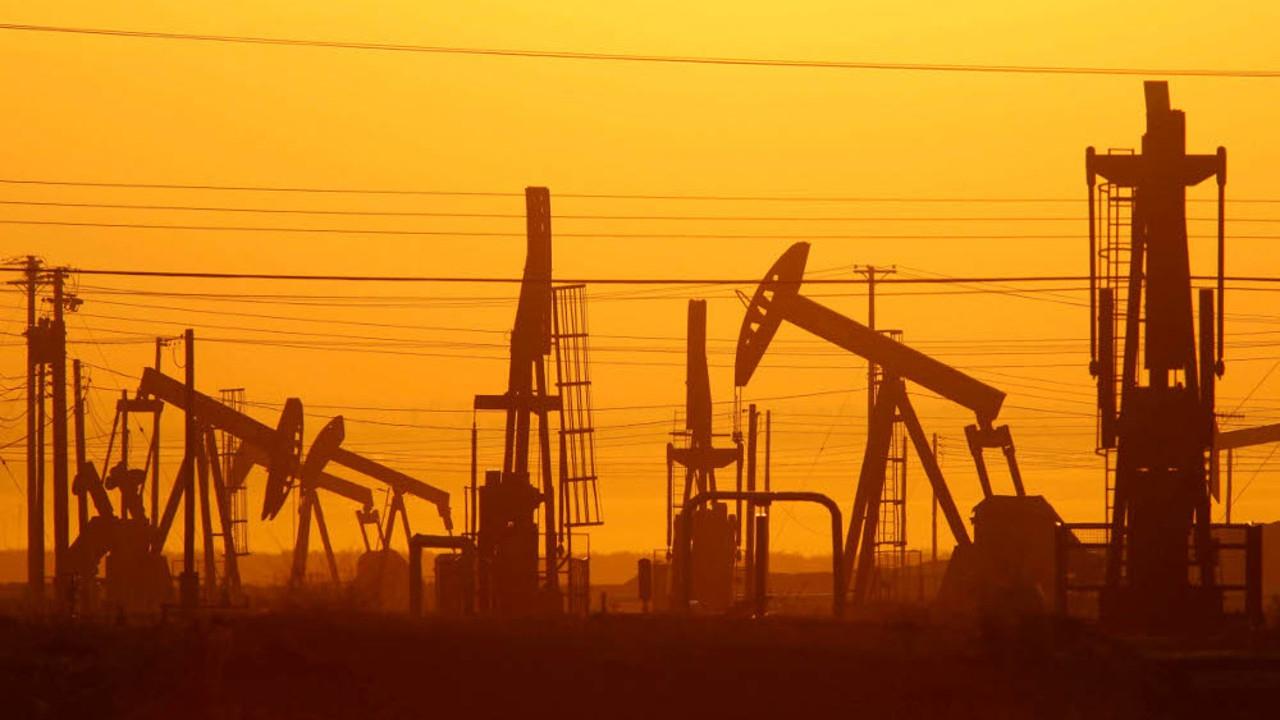Oil market shifts toward balance
An International Energy Agency report overnight described the shift in the oil market as an “extraordinary transformation” from the starting point this year of a major surplus. Its forecasts of demand next year of an average of 97.4 million barrels a day is above current production rates of 96 MMbpd.
While the oil price has recovered from its sub-$US30 a barrel levels in January to $US46.26 a barrel overnight, the sharp fall yesterday (from $US48.47 a barrel) explains why there is no expectation of the change in the supply and demand leading to an imminent further leap in the price.
That decline was due to a US Energy Department report that showed a smaller-than-anticipated fall in US oil inventories. The IEA put OECD commercial inventories at record levels of more than three billion barrels at the end of May and said preliminary estimates for June showed a further 900 million barrel increase.
It is those inventories and the overhang of supply they represent, along with record production from the Middle East, that has seen OPEC’s output at eight-year highs, which are dampening expectations of a continuation of the recovery in prices that began in January.
The IEA report, however, coincided with an analysis of investment in the sector by consultants Wood Mackenzie that explains the growing optimism among producers that the price will rise significantly next year, perhaps reaching the low $US70 a barrel level in the second half.
Wood Mackenzie has previously estimated that global investment in oil exploration and development — in future new supply — has fallen by more than $US1 trillion since the Saudis triggered the market share war in mid-2014.
The onshore shale oil sector in the US has been severely affected, with the rig count more than halved over the past 12 months and where capital investment in the 2016-17 financial year is expected to fall another $US125 billion.
The firm has said it expects seven million barrels of oil equivalent a day less to be produced between 2016 and 2020 than it had expected before the price — and investment — cracked in 2014.
Given that demand for oil grows at a rate approaching 1.5 MMbpd each year while existing supply depletes at a rate of four or five million barrels a day, the massive disruption to future supply as a result of the missing $US1 trillion of investment underpins the tentative mood of optimism in the sector that the worst is, if not behind it, then nearly over.
That’s where the latest Wood Mackenzie analysis is pertinent. It says about 13 MMbpd of new supply could be developed from both unconventional and conventional oil projects by 2025, with about 9 MMbpd commercial at $US60 a barrel.
What’s particularly interesting about the analysis is that it says that most of those 9 MMbpd was US onshore oil. The vast majority of conventional pre-final investment decision projects that were on the drawing boards before the price collapsed aren’t, it says, commercial at $US60 a barrel oil.
Since the oil price plunge, the average cost per barrel for US shale oil has fallen by 30 to 40 per cent. The cost of producing conventional oil has fallen by only 10 to 12 per cent.
That’s rational. Conventional offshore oil production techniques have been developed and refined over decades whereas the shale oil sector is relatively youthful and immature and really only took off as a large-scale source of production at the start of this decade.
The collapse in the oil price did force some marginal production out of the sector but has also led to a very significant, structural, reduction in drilling and production costs. It is (along with high levels of hedging by smaller producers) why US production didn’t fall away as quickly or as significantly as the Saudis may originally have envisaged.
The dramatic increase in productivity — and the speed at which production can be brought into the market relative to conventional oil developments — means US shale oil rather than conventional production will be the first source of large-scale new supply when the market requires it.
The other aspect of the comparisons between conventional oil and shale oil that are in shale’s favour are their capital expenditure profiles and timelines.
Conventional oil exploration and development, which these days inevitably means offshore developments, requires long lead times between the exploration and production phases and, after a commitment to development, very large capital expenditures before any cash flows. Once the field is producing, of course, the capital expenditures fall away abruptly.
Shale oil wells can be drilled in weeks and there is no big single lump of capital that has to be sunk into the development before it generates cash. There is, however, a steady ongoing investment associated with continuing to drill and produce from the hundreds, if not thousands, of wells in a major field.
Its investment and operational profiles are why Andrew Mackenzie has referred to BHP Billiton’s shale oil business as akin to a manufacturing operation rather than a more conventional resource business. Shale is far more flexible and able to be more opportunistically managed than conventional oil.
The $US60 a barrel point that Wood Mackenzie used for its analysis fits with recent comments by BHP, which is starting to bring back some of the drilled but not completed wells it has in the US. It has said that it has about 1400 wells that could be profitable at price below $US60 a barrel. At the moment it has only a handful of drilling rigs in operation, mainly to retain rights to productive acreage.
The IEA report made the point that even when US shale production does start growing again, older producers (i.e. the Middle East and the other OPEC members and affiliates) will remain essential to maintaining supply given the “ominous” gap in investment generated by the plunge in prices from their $US100 a barrel-plus levels in 2014.
That would suggest that the market could, even if the current record levels of production from the Middle East were maintained and there was a resurgence of the US shale oil sector, experience something of a price spike over the next five or six years before those conventional projects frozen on drawing boards of oil companies around the globe can be developed and added to supply.



Nearly two years after the Saudis started a market share war against non-OPEC producers, targeting US shale oil in particular, the underlying demand and supply equation is almost in balance.